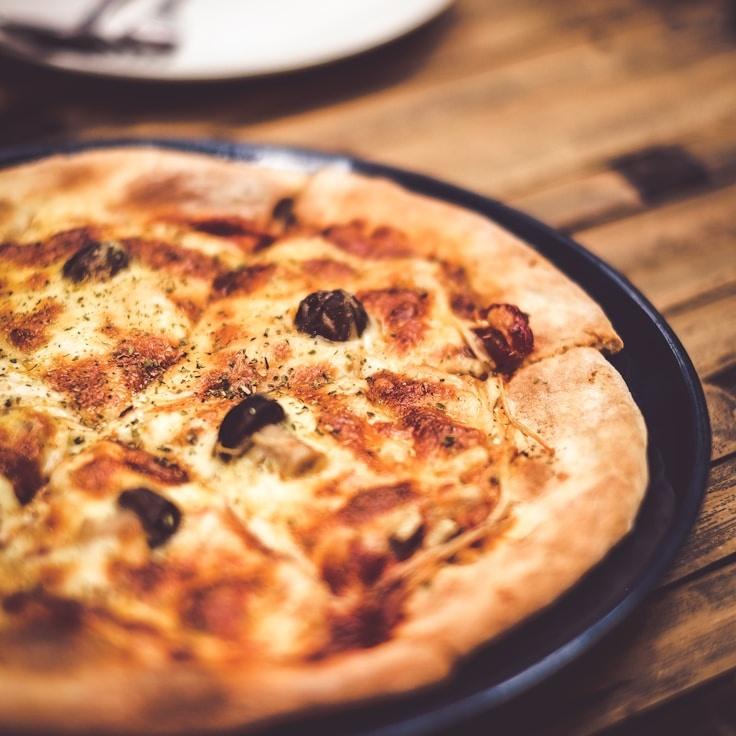At SteadyPlanet Pizzeria, our philosophy is that outstanding pizza is rooted in outstanding dough. With over 30 years of refining our recipe, we're delighted to divulge some of our trade secrets. While our exact recipe is a closely guarded treasure, these key principles will aid you in crafting pizza dough of restaurant caliber in your own kitchen.
Quality of Flour is Key
A superior pizza dough starts with premium flour. 00 flour, known for its fine grind and moderate protein content (typically about 12%), is our go-to choice for an ideal mix of strength and softness in the dough. Should 00 flour be unavailable, bread flour will serve as an acceptable alternative, though it will yield a slightly altered texture.
Hydration and Water Temp
The water's temperature plays a role in the fermentation period and the maturation of the dough. Cold water, around 45°F (7°C), is conducive to slow fermentation, enhancing the taste, while warmer water, roughly 85°F (29°C), speeds up fermentation. Aim for a hydration percentage between 60-70% when pairing water with flour for most domestic ovens.
Use Less Yeast and More Time
A critical element to a rich-flavored dough is minimal yeast and extended fermentation. Only 0.2% fresh yeast by weight of flour is utilized for our dough to undergo a 24-48 hour fermentation. This unhurried fermentation lets complex tastes emerge and results in a dough that is also more digestible.
The Purpose of Salt Goes Beyond Seasoning
Salt is instrumental not only in flavoring your dough but also in fortifying the gluten network and managing fermentation. We use fine sea salt at a proportion of 2.5-3% to the flour's weight, incorporating it after the flour and water begin to amalgamate, keeping it from making direct contact with the yeast.
Fermentation is an Art
Post-mixing, let your dough undergo bulk fermentation at normal room temperature for two hours, then portion it out into individual balls. Store these balls in lidded containers and chill them for 24-72 hours. It's in this cold fermentation phase where true alchemy occurs—as enzymes convert starches into sugars, enriching the flavor and yielding the crust's characteristic browning effect.
Handle with Tenderness
Prior to pizza crafting, take the dough out of the fridge 1-2 hours beforehand to let it warm. Treat the dough with care to keep its developed gas bubbles intact. Instead of rolling it out, gently stretch and press the dough using your fingertips to maintain those treasured air pockets.
Finishing Touch: Intense Heat
Our professional wood-fired ovens can hit 850°F (454°C), while typical home ovens max out at about 550°F (288°C). Make up for this by heating a pizza stone or steel for at least an hour before baking. This will simulate the intense base heat needed for that perfectly crisp exterior and fluffy interior.
Honing your pizza dough skills is an ongoing exploration. Every mix you make is a lesson in the craft. We encourage you to log your observations, tweak variables, and uncover what yields the best results in your own cooking space.
For a firsthand look at how we make our dough, attend one of our pizza workshops held monthly. Chef Julian will walk you through these techniques in detail. For the latest workshop dates, be sure to check our events schedule!

